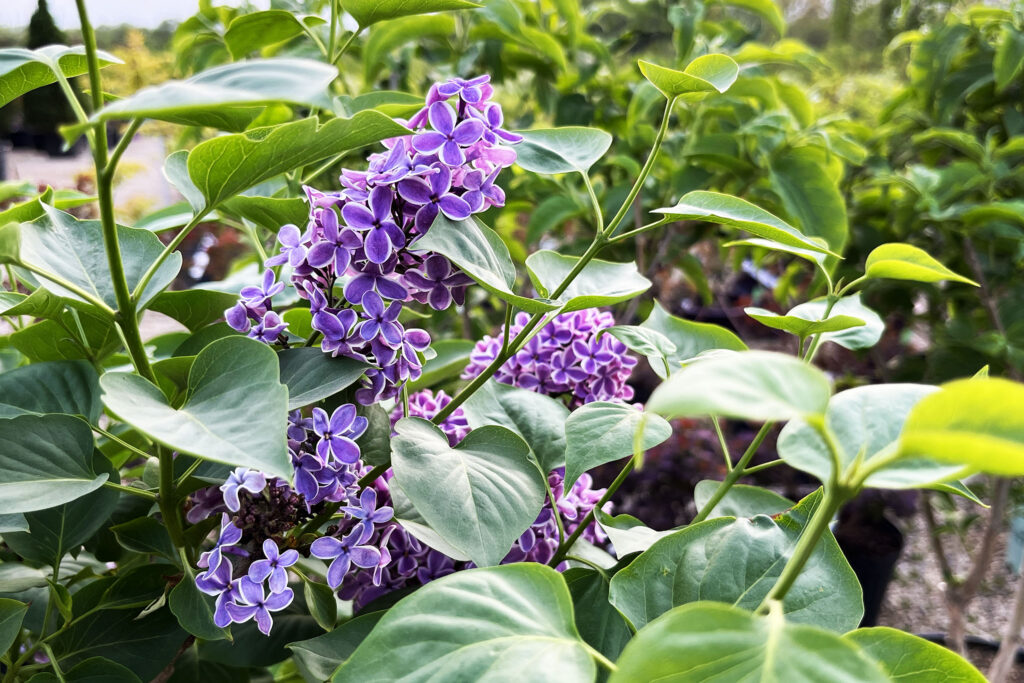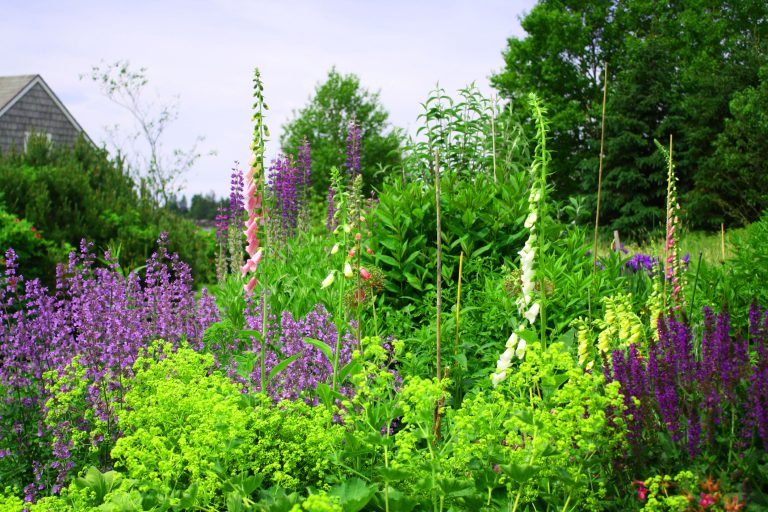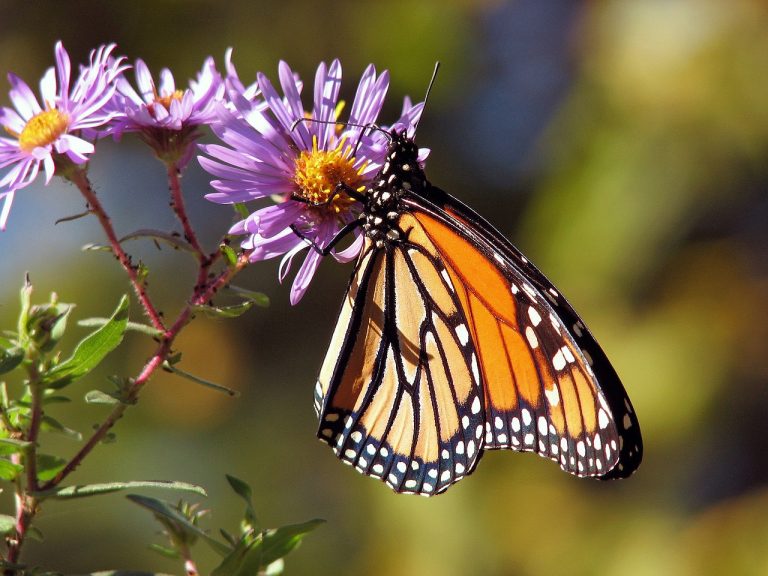

Planting a bed of flowering perennials is a fantastic way to add color to your landscape,
reblooming year after year. Perennials are plants that regrow every year, surviving through the
winter, to grow again in the spring. Flowering perennials will bloom at certain times in the year,
and by keeping this in mind, you can design a display that morphs in color and shape as the
seasons change.
Flowering perennial plants will come back year after year. “Perennials are plants that live year
after year. This means the tops of the plants die back to the ground each fall with the first
freeze. Every spring, new plant tops arise from the crown or roots, which persisted through the
winter. Perennials are said to be hardy because they live through the winter,” as explained by
the University of Maryland Extension.
Flowers from perennial plants and shrubs make great cut flower bouquets. Some flowering
perennial shrubs that make for great cut flower bouquets are roses, hydrangeas, lilacs, clethra,
butterfly bush and forsythia. Try daylily, coneflower, foxglove, peony, sedum, aster and salvia
plants in your flowering perennial bed.
Choose plants with different flowering times so that your bed’s blooms are staggered throughout
the year. The University of Maryland Extension describes this as, “another advantage is that,
with careful planning, a perennial flower bed will change colors as one type of plant finishes and
another variety begins to bloom. Deadheading is not always necessary to keep them blooming,
since perennials have a limited blooming period. However, they do require pruning and
maintenance to keep them attractive.”
Watching your flowering perennial bed take shape and change its display of colors throughout
the year as the seasons change is a simple beauty that can be enjoyed with a little planning.
Think of the flowers that you like, want to see, and research when they bloom. Pick a few that
bloom in spring, some that emerge in summer and finally a handful that will pop during fall time.
Perennial flowers are beautiful and with some forethought, you can have some in your
landscape all year long.
Links:
www.extension.umd.edu/resource/perennials


In an era where sustainability is more than a buzzword, Whispering Hills Garden Center

June is National Pollinator Month, a perfect time to celebrate the essential role pollinators